April 15, 2014
The six most important dimensions of wellbeing in the workplace
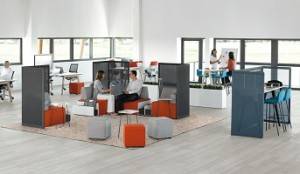 Designing an office environment using six key elements of wellbeing will benefit both employers and their staff, leading to a healthier, more productive workplace finds a new report. Steelcase’s WorkSpace Futures global research team, which included a psychologist, a designer and an ergonomist conducted an in depth study on existing wellbeing research, surveys, indicators and theories and found that the key to physical and mental wellbeing is the emotional experience, which can be influenced by a person’s surroundings, actions, and way of perceiving the world. The six dimensions of wellbeing that can be impacted by the design of the physical environment are; optimism, mindfulness, authenticity, belonging, meaning and vitality. Together these create what Steelcase refers to as an “interconnected workplace,” that offers employees choice and control over where and how they work. (more…)
Designing an office environment using six key elements of wellbeing will benefit both employers and their staff, leading to a healthier, more productive workplace finds a new report. Steelcase’s WorkSpace Futures global research team, which included a psychologist, a designer and an ergonomist conducted an in depth study on existing wellbeing research, surveys, indicators and theories and found that the key to physical and mental wellbeing is the emotional experience, which can be influenced by a person’s surroundings, actions, and way of perceiving the world. The six dimensions of wellbeing that can be impacted by the design of the physical environment are; optimism, mindfulness, authenticity, belonging, meaning and vitality. Together these create what Steelcase refers to as an “interconnected workplace,” that offers employees choice and control over where and how they work. (more…)











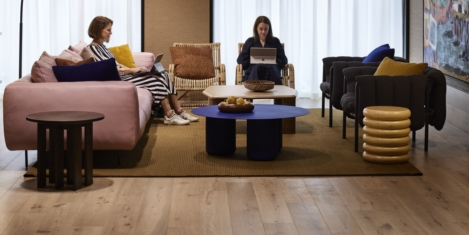
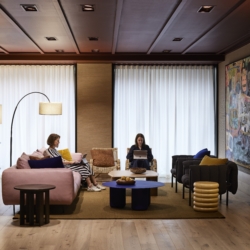
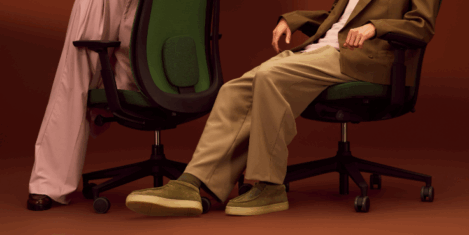



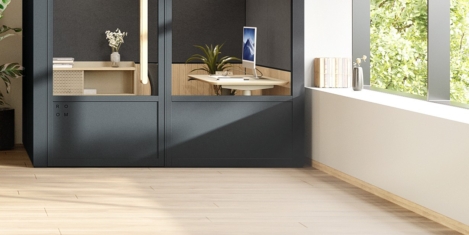
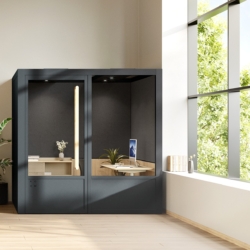








June 27, 2025
Navel gazing may not be the answer to the challenges facing workplace professions
by Mark Eltringham • Comment, Facilities management, Workplace, Workplace design
An adherence to strongly held beliefs can make people think and behave in peculiar ways and get them tangled up in peripheral issues that take on a great deal of significance. Early religious artists, for example, spent centuries wrestling with the seemingly intractable problem of whether to depict Adam and Eve with belly buttons or not. (more…)